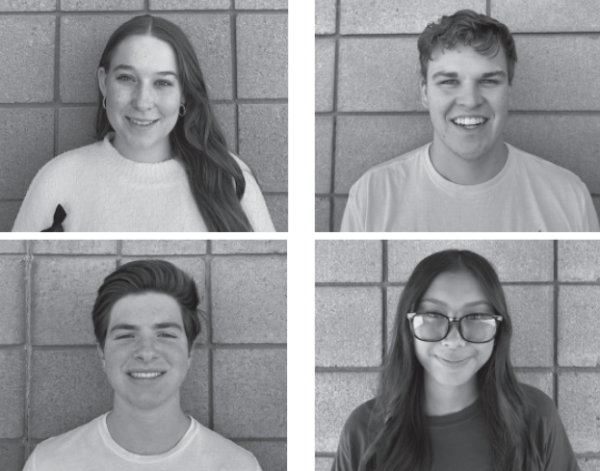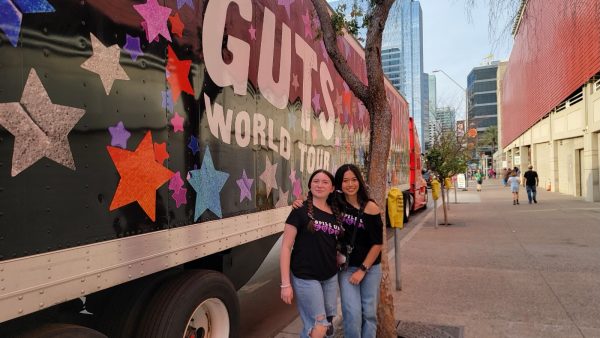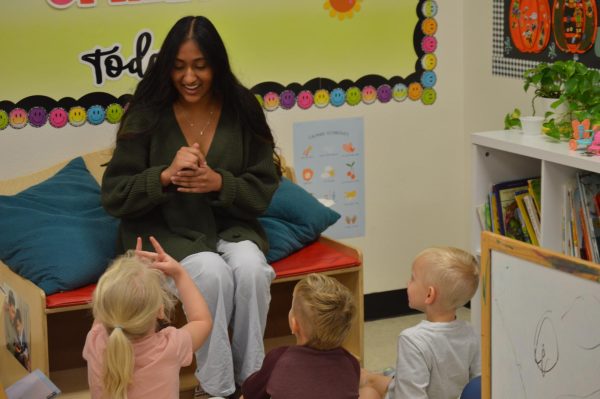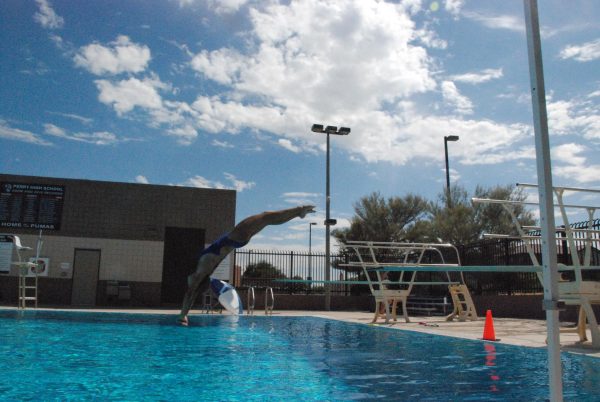Administration rolls out back to school protocol
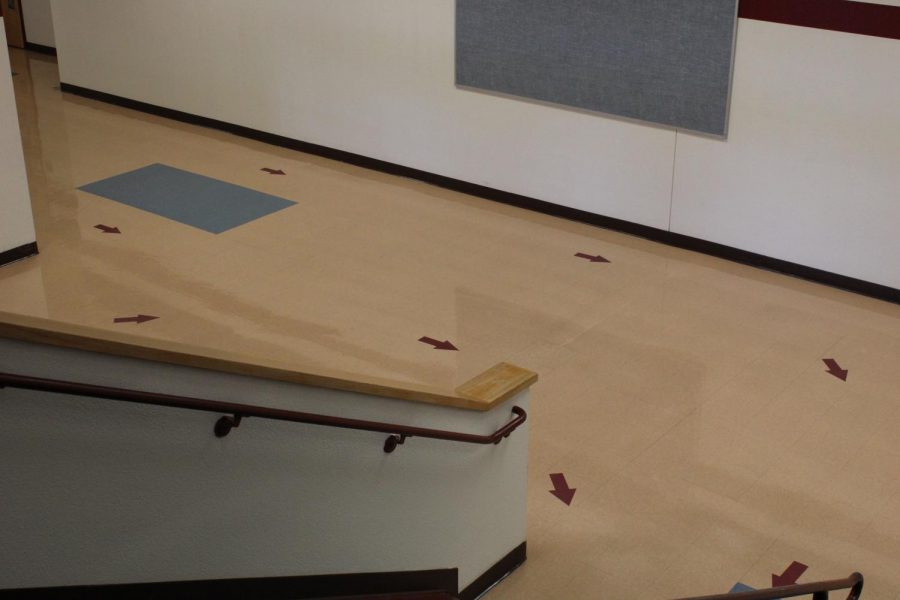
New arrows will serve as directive markers for students during the busy passing periods. This, and other preventative measures, have been instated in response to the COVID-19 pandemic.
Two hundred and twenty-one days.
As of Oct. 13, the first day that CUSD high school classes will meet in-person this year, the hallways will have remained unoccupied by students for two hundred and twenty-one days.
Now, as students and staff prepare to transition back in a post COVID-19 setting, some glaring concerns still exist.
In early September, the CUSD governing board addressed a simple question that many community members were struggling with: who and/or what determines whether or not schools are safe to go back to? The board’s statement detailed that “The numbers of cases in Arizona and the City of Chandler have significantly decreased over the last several weeks. Secondly, the Maricopa County Health Department benchmarks for Chandler Unified School District have steadily improved.”
The benchmarks in reference were put into place by the Arizona Department of Health Service in August. These goals include “A decline in weekly average cases for two consecutive weeks,” “Two weeks with percent positivity below 7%,” and “ Two weeks with hospital visits due to COVID-like illness below 10%.”
The Maricopa Health Department ultimately cleared the district to go back in-person at the beginning of September, but the board opted for high schools to stay online until students returned from fall break. The board clarified their decision, explaining that their reopening plan is “contingent upon the benchmarks remaining stable or improving,” and assured that they wanted to be sure that cases would not spike, hurting students’ health and endangering the community.
These benchmark requirements are still being met, demonstrating that schools are safe to stay on track for reopening Oct. 13.
So what will the new post COVID-19 high school day look like?
A statement from the CUSD website stated that “Safety and mitigation practices will be a priority including, but not limited to, the requirement for staff and students to wear face coverings when on campus.” Besides masks, students will be encouraged to social distance whenever possible, and seating options both at lunch and in class will be arranged to insure that social distancing is being enforced. Seating will also be positioned so that every occupant faces one direction. In addition, extra security will be put into place to monitor the flow of parents and students through the front office.
Lunch periods are a huge source of student interaction, and socially-distanced seating will assist in limiting contact between peers. Other major points of contact during the school day occur during the passing periods between classes. To combat that issue, Principal Dan Serrano outlined a plan to counter the hallway jams during the five minute intervals. “In the C and F buildings… there’s going to be one-way,” he explained. “It’s almost like a big roundabout.” This new system of directive arrows will help to control the amount of people in the hallways and will assist in controlling the physical contact between students.
The block schedule that has been in place since classes started online in August will remain enforced for the second quarter to limit the movement of students during the day. No conference period will be held, but a fourth lunch has been added to the schedule.
These small changes and expectations for students will be important to uphold, but what is going to make the biggest difference will be mask wearing and social distancing. “It’s up to the students and the teachers to keep themselves safe,” Serrano clarified. Ultimately, administration is going to rely on students to uphold their safety, and the health of their peers, a priority.
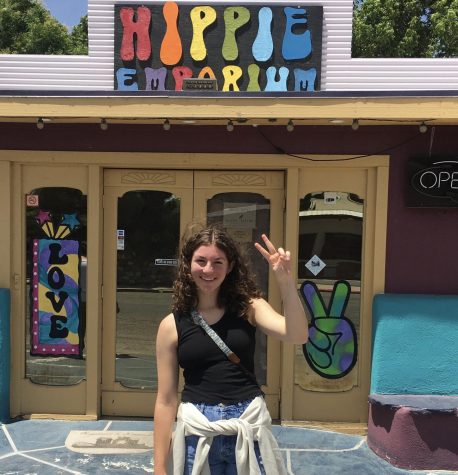
Anna Myers is a senior at Perry High School, and is excited to be the 2020-21 Managing Editor for The Precedent. Out of the newsroom, Anna enjoys participating...

